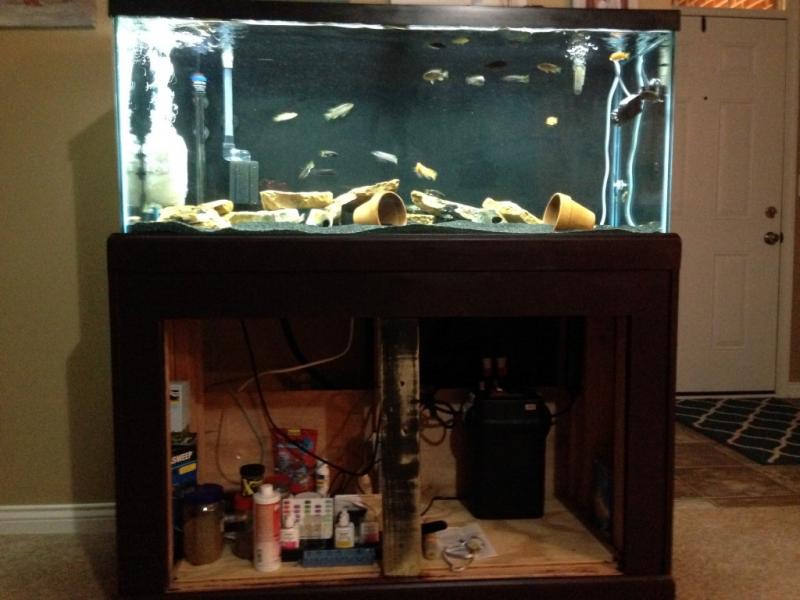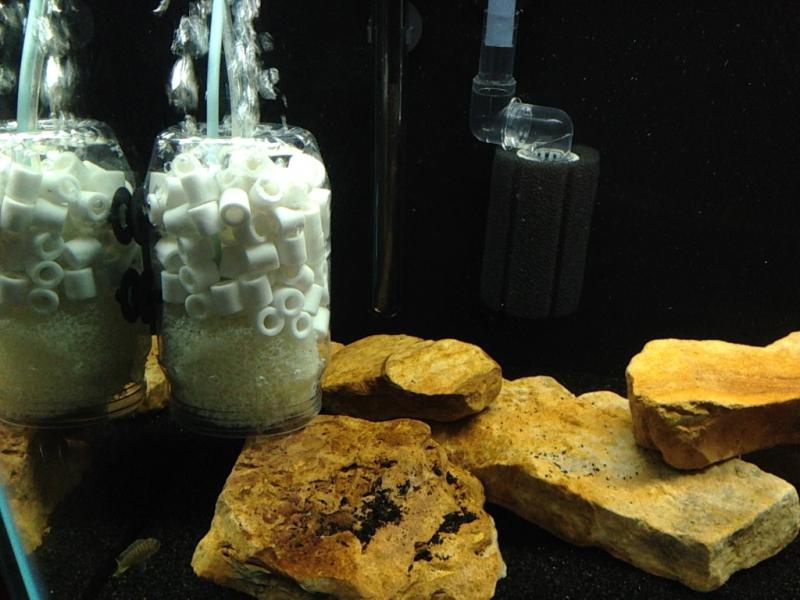I just setup a 75 gallon mbuna tank. I have a fluval 306 canister currently on the tank and a DIY filter in the tank to help out. I do have a 30 gallon sump made already for another tank I have that is not setup. I've been reading about the eshopps pf-800 and the eshopps pf-1000 HOB overflows and read great things. Wanted suggestions if I should do the HOB overflow and sump or buy a fx5 or fx6 instead? Thanks!







